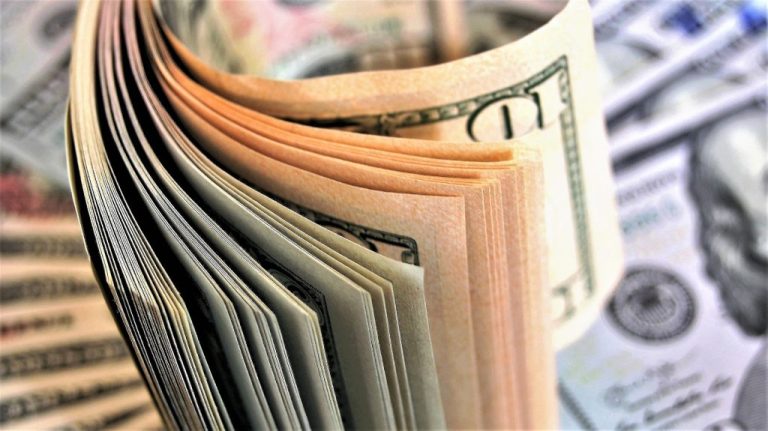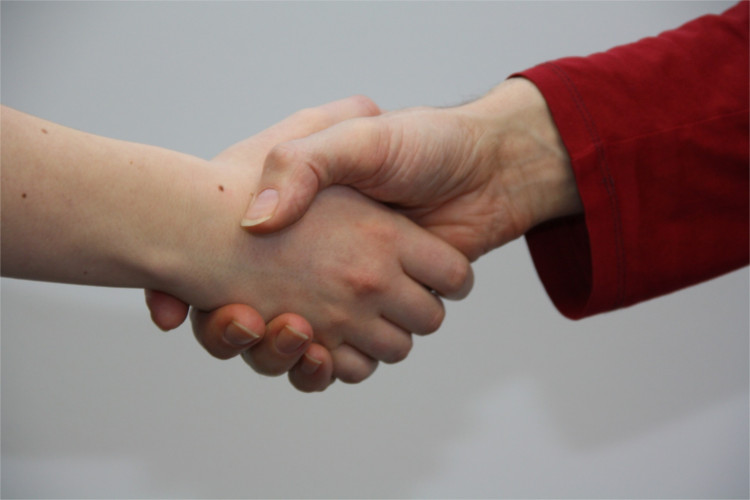The SR & ED program is often perceived as very complex, with rules, exceptions, caveats and all those little things that make the claiming process rather intimidating or discouraging. This perception is partially true, there are in fact several forms and circulars. This does not mean that it is impossible to find projects to qualify. Let’s look at where we can find R & D activities.
In which domain ?
There is potentially R & D in all sectors where you have to develop or modify technology. So we can say that there is R & D in areas such as:
- Industrial, civil and process engineering (chemical, electrical, mechanical, robotics etc.),
- Computers (software, games, electronics, networks and telecom, etc.),
- Environment (treatment or measurement of water, soil, air, etc.),
- Medical apparatus and equipment (electronic or otherwise),
- Biotechnology (biology, pharmaceutical, etc.),
- Food (conservation constraints, taste, reduced salt and sugar, etc.),
- Energy and mining, and even the
- Non-traditional sectors for R & D (construction, film making, etc.).
Obviously, some areas are traditionally more fertile in R & D activities. Computers are now particularly pervasive. But there is very often a technology to create, evolve or develop, except for these domains :
- cultural (though some shows are pushing hard on the technology),
- sales (wholesale and retail), and
- several tertiary sector activities.
Revolutionary innovations?
Contrary to some beliefs, it is not necessary to revolutionize worldwide technology to find eligible activities. Of course, it is a helping factor if we are pioneers of our technology. But we can also claim more modest developments, a well-structured and rather incremental research project.
Too small projects?
The question is whether there are enough costs to make a claim. In fact, the project size is often proportional to the company. For an SME, an expenditure of over $ 60,000 can be huge. A credit refund of $ 40,000 can make the difference between a deficit or profitable year. On the other end, we have seen large companies rejecting to claim for projects under $ 200,000 expenditure (!? …). There is no fixed rule. Each case must be considered on it’s own merit and in it’s context.
Experimental work indicators
Here are some clues. An indicator draws our attention, it leads us to further our investigation. There is a potential for SR & ED activities when you see a technology development where there is:
- The development of new technologies (products or processes),
- A unique combination of technologies,
- Modifications to enhance the performance of existing products or processes,
- Significant cost or deadlines overruns for technical reasons,
- Inadequate current knowledge, there is a need to experiment,
- The project is stopped or redefined for technological considerations,
- The design of technical components is redefined during the project,
- A company has a research laboratory in-house,
- A company holds or applies for patents on this project,
- A need to acquire, change or develop new equipment,
- Significant spending on computer without being in the computer business,
- A company develops a technology in an emerging sector,
- A company in “start-up”,
- Starting a plant using new technologies,
- The development of numerous prototypes,
- An alliance with another company for:
- access to new technologies;
- sharing the costs of R & D;
- Unmatched innovation in technology, or even in the industry.
If the hat fits you … document!
The CRA now requires an experimental process documented during the year. There is no room to negotiate on it. So if you believe that your project may qualify, begin to document now your processes, your goals, your hypothesis, your results, your timesheets and conclusions. It’s always a good reflex to keep track of this, and if you end up claiming these activities, you’ll be glad to have had this genius idea.
In conclusion: ask an expert
In conclusion, here we have presented various indicators of potentially eligible activities for SR & ED. The CRA distinguishes between SR & ED (Scientific Research and Experimental Development – a term defined in the Canadian tax law), and R & D, the common term (research and development). Non-program experts can hardly differentiate between the two types of activities. It is therefore essential to take immediate step to confirm the eligibility from the beginning of the year or at the start of the project. You have two choices: to ask to the CRA, if you dare, or ask an expert consultant who will confirm.
Did you like reading? Tell us. What should be added? What are you interested? You do not like this play? Tell us. What did you like least in this text?
| Note: In this text we will use the R & D acronyms and SR & ED as synonyms. This simplifies our discourse. The differences between the two terms are important but beyond the scope of this article |








